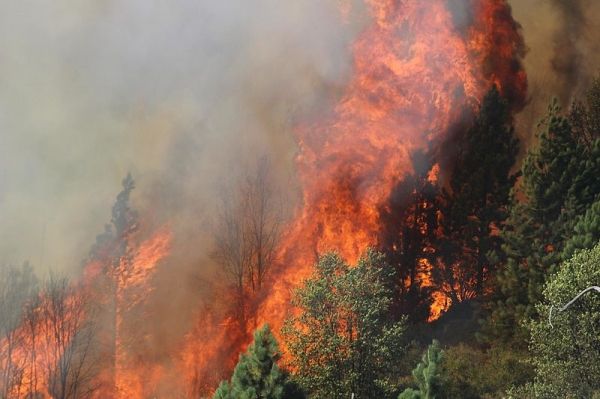
A mile south of Yosemite National Park, fire ecologist Chad Hanson strides through the Stanislaus National Forest, heading to a great gray owl nest he found earlier this spring. Genetically distinct from its cousins in western North America, these rare birds are 2 feet tall, with a wingspan of about 5 feet. They can be seen almost any time because, unlike most owls, they are active day and night.
>> Read the Full Article

 ENN
Environmental News Network -- Know Your Environment
ENN
Environmental News Network -- Know Your Environment